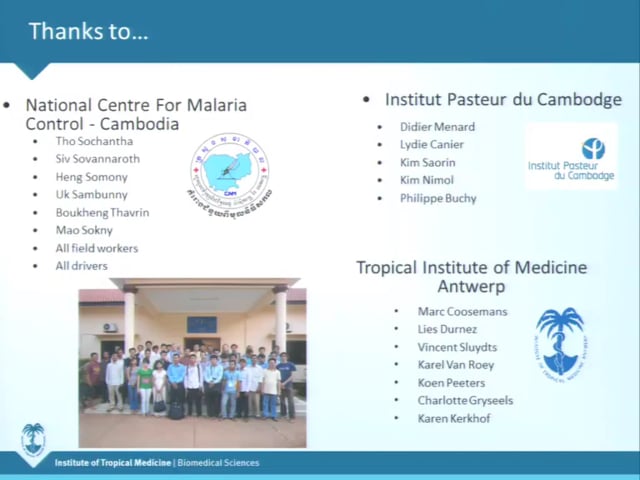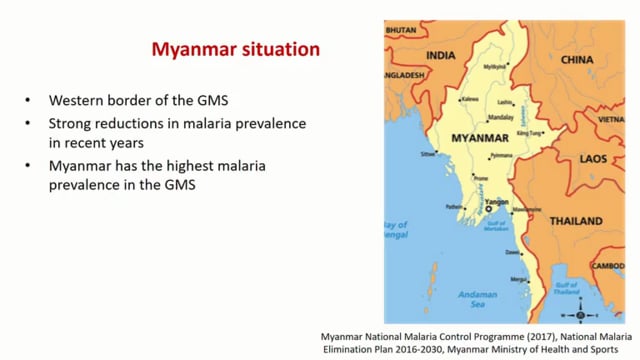ASTMH 2014, Abdoulaye Diallo: “A cluster-randomized trial of targeted control to eliminate malaria in central Senegal: study design and acceptability of the interventions”
Collaborator(s): Research Institute for Development (IRD), Senegal, Senegal; Aix-Marseille University, France; London School of Hygiene and Tropical Medicine (LSHTM), United Kingdom
Countries: Senegal
Published: 01/11/2014
In collaboration with ASTMH, ImageAV & presenters, MESA brings you this webcast.
Title: A cluster-randomized trial of targeted control to eliminate malaria in central Senegal: study design and acceptability of the interventions
Abstract:
This talk forms part of the Scientific Session on ‘Malaria Elimination’ at ASTMH. The purpose of this trial is to evaluate the extent to which a targetted malaria control strategy combining vector control with indoor residual spraying (IRS) and chemotherapy, delivered by district health staff to villages reporting clinical cases, can reduce the transmission of malaria, in a region where scaling up of control measures has been effective in reducing the incidence of malaria. The trial will also determine whether, as part of this strategy, chemotherapy should be delivered to all members of targetted communities (MDA, Mass Drug Administration) or only those who have been tested and are known to be infected (MSAT, Mass Screening and Treatment). Methods: 45 health posts, each serves about 10,000 people, were randomized in 40 clusters; 15 to receive IRS and MSAT, 15 to receive IRS and MDA, and 10 to serve as controls. In intervention clusters, villages with evidence of transmission (hotspots) were identified on the basis of confirmed malaria cases reported the previous year. Interventions are delivered over two years, the primary outcomes are the incidence of malaria and the prevalence of parasitaemia just after the main peak period of transmission in the second year. To assess effects on transmission, incidence in non-targetted areas in each cluster will be compared. In 30 clusters, all households in hotspot villages were targetted to receive IRS with Actellic 300CS in July, followed in 15 of the clusters by MDA with dihydroartemisinin-piperaquine (DHA-PQ) administered to all persons in the household in September and again in October, and in the other 15 clusters, instead of MDA, all persons in the household were screened using a malaria RDT and those who test positive treated with DHA-PQ. In all trial clusters, LLIN coverage was topped-up by providing persons diagnosed with malaria with a LLIN. Results and conclusion: Preliminary results after the first year of intervention will be presented, including description of the logistics of MDA and MSAT delivery, the coverage of the interventions, the sensitivity of RDTs for detecting infections, and the acceptability of both interventions by the community.



